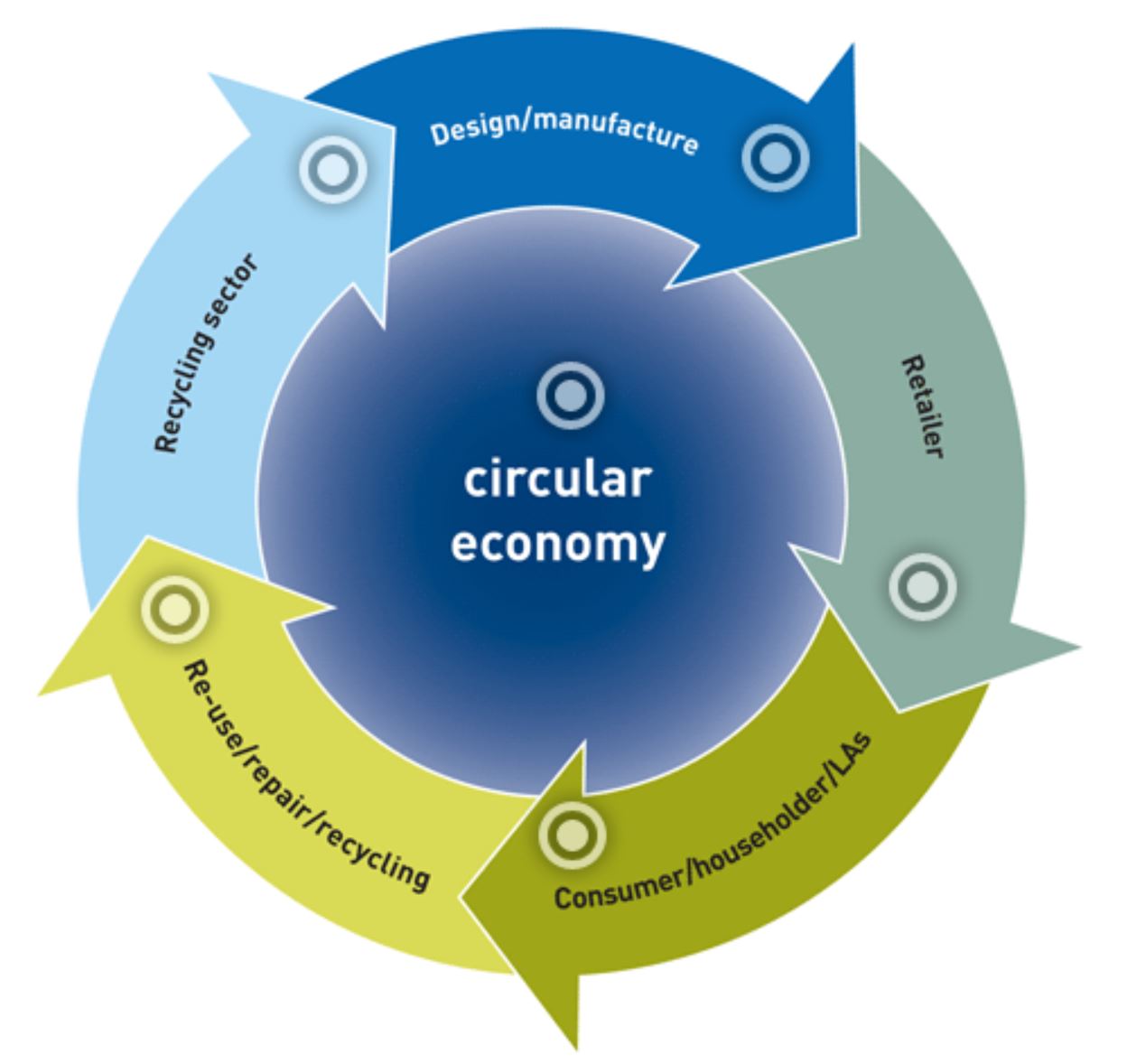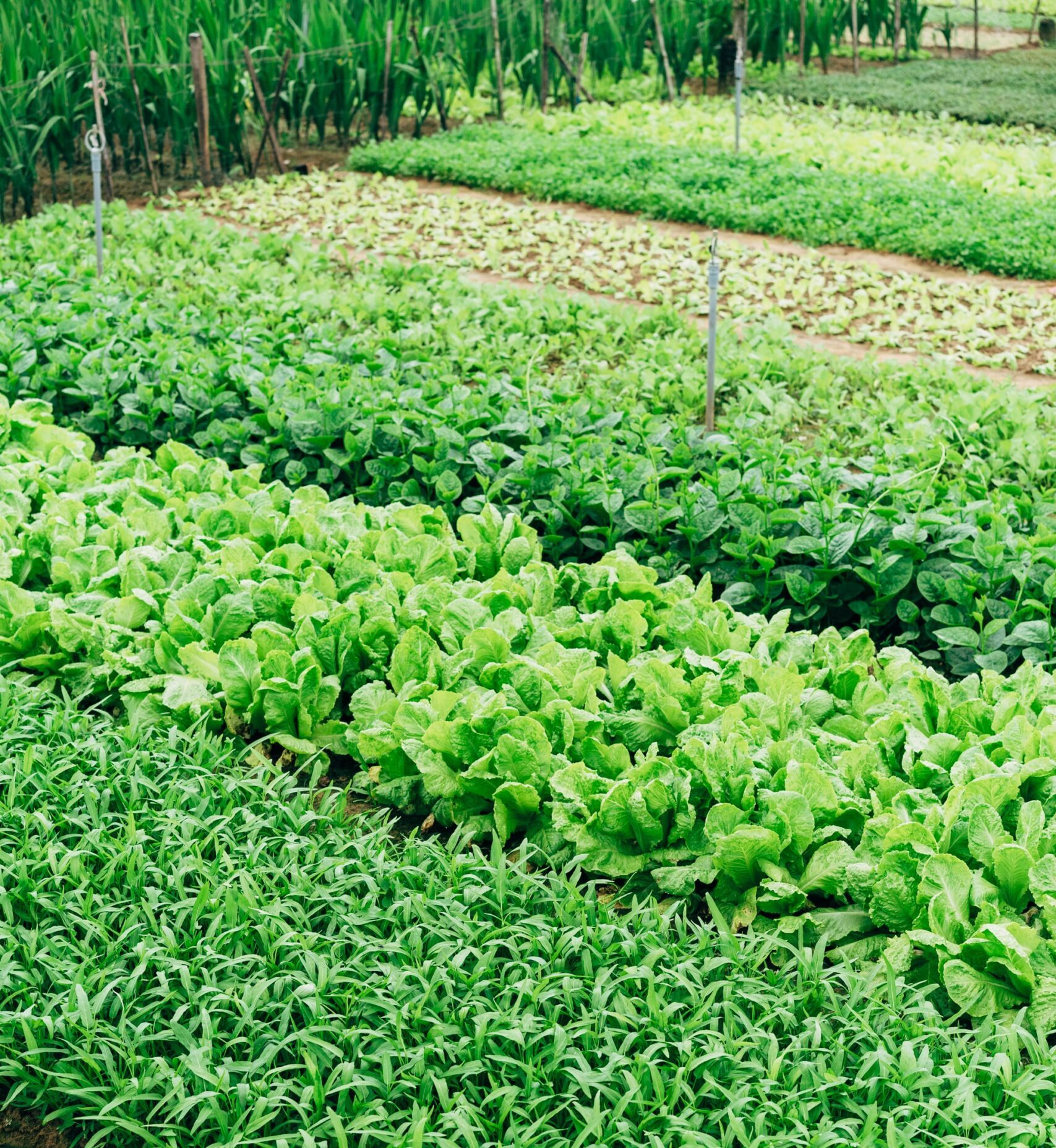
Imagine a world where waste did not exist because every material thing was built to last. It was maintained throughout its life, repaired, nurtured, and fed with TLC. And then when it did come to the eventual end of its life, it could be recycled into another one of the same or something else entirely. This concept is what is known as a Circular Economy, as opposed to the traditional linear one that we currently employ. In a Circular Economy, waste is renewed, rather than dumped.
From the fashion industry to our consumable packaging, our biggest environmental concern lies in the foundations upon which these industries are built–but nothing has to stay that way. Innovation can transform our linear economies into circular ones. Our globe is littered with intelligent, creative engineers looking to transform our industries of every kind; let’s employ them to do just that!
So, you might be wondering why we haven’t already transitioned to a circular economy, and the answer lies in the large corporations sitting at the top of the food chain. As it currently stands, consumers are encouraged to purchase more and more. “New and exciting” is the goal rather than “lasting and well-made.” We are told that if we buy just one more thing, we’ll become a more attractive, somehow better person. But can a happier life can be bought?

If we move from a linear economy to a circular one, we break down this entire system for two reasons:
- Consumers would be purchasing fewer items and therefore shopping less often.
- The cost of items would increase as more research would need to go into the design strategy. Cheap, cheerful, out-the-door-and-onto-shelves just wouldn’t cut it anymore.
It’s not news that most of us own too much junk that we don’t need, and there is a growing trend towards minimalism. This is actually the start of the circular economy movement with minimalists believing in quality over quantity. Fewer, higher quality purchases mean you can love everything you have rather than feel indifferent towards it all. It’s a way of living harmoniously with your material surroundings à la Marie Kondo.

Why is a circular economy so great?
- If we can recycle products at the end of their lives, we take the pressure off needing to harvest virgin materials. This means that less goes to landfill. It’s a process whereby we can work with what we already have, rather than placing such enormous pressure on our raw resources.
- Quality is the very best. In a circular economy, everything is made of the highest quality known to us at that time. Products are simply designed to last. This means that you have to make fewer purchases. You can enjoy the other things in life, knowing that your belongings won’t let you down.
- Our advertising industry would change. I don’t think we can say exactly how just yet, but mad-dash sales would be a thing of the past. Advertisers would have to begin being more informative and technical rather than manipulative and solely relying on price point as a strategic tool.
Isn’t it just a fancy term for “recycling”?
This is a common perception. While recycling old into new is definitely a critical part of a circular economy, it’s about so much more than that, the main emphasis being on the design stage. How are products going to be designed to last wear and tear? How easily can they be recycled when they come to end of their life? Will any components be non-recyclable? How will that fit into the model?
What does this mean for business profits?
The biggest reason that companies are in conflict with moving from a linear to a circular economy is the idea that if people aren’t buying as much, as often, then profits will slump. But we have to look at things a bit differently. If you have a product that will last a lifetime, you require a whole industry for repair work. This also creates a fantastic opportunity for customer loyalty rather than such a segregated existence between consumer and corporation.
For those of us passionate about sustainable living, purchasing consciously and recycling are crucial. But the truth is that we need systemic change to make conscious consumption more widespread and therefore more effective. We need design and manufacturing to evolve and catch up with our mindsets if we are to truly revolutionize our consumption.
How are you implementing sustainable living into your shopping practices?
Also by Kat: Cotton: The Hard Truth about this Soft Fabric
The Truly Mind-Boggling Way Our Synthetic Clothes Are Polluting The Oceans
Related: Has Conscious Consumption Peaked? Why It’s Not Saving The Earth, Honestly
Get more like this—Subscribe to our daily inspirational newsletter for exclusive content!
__




